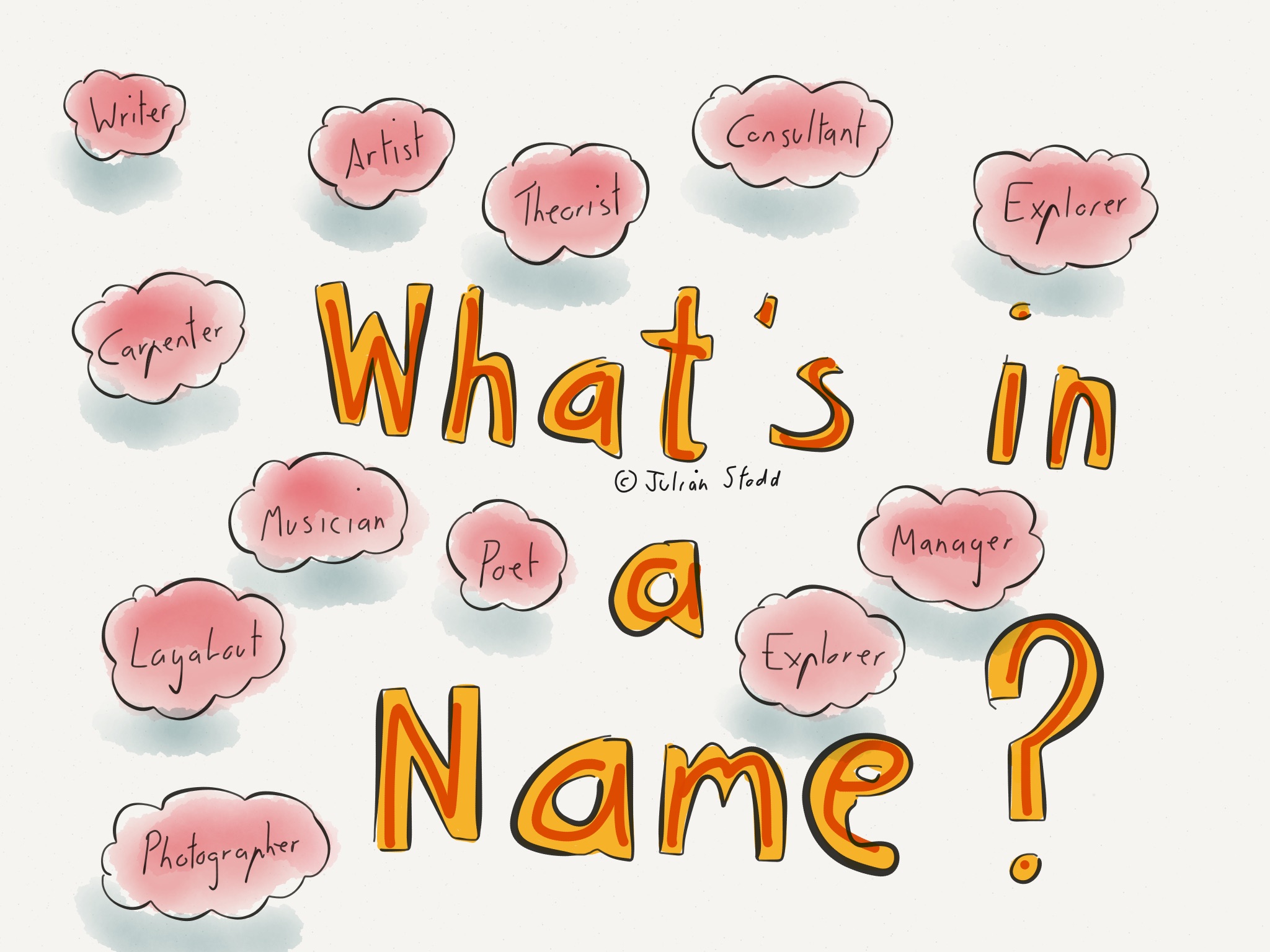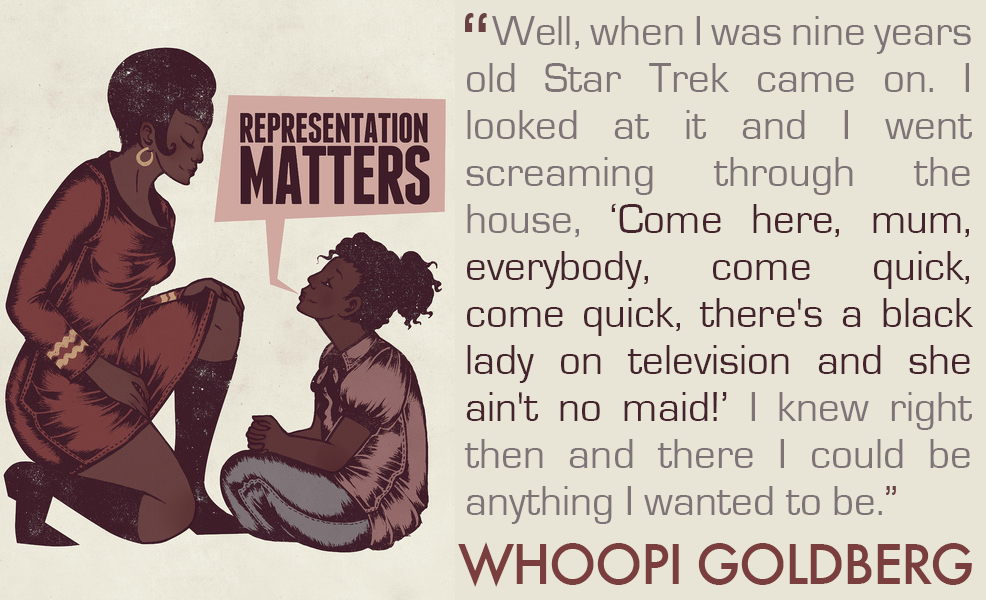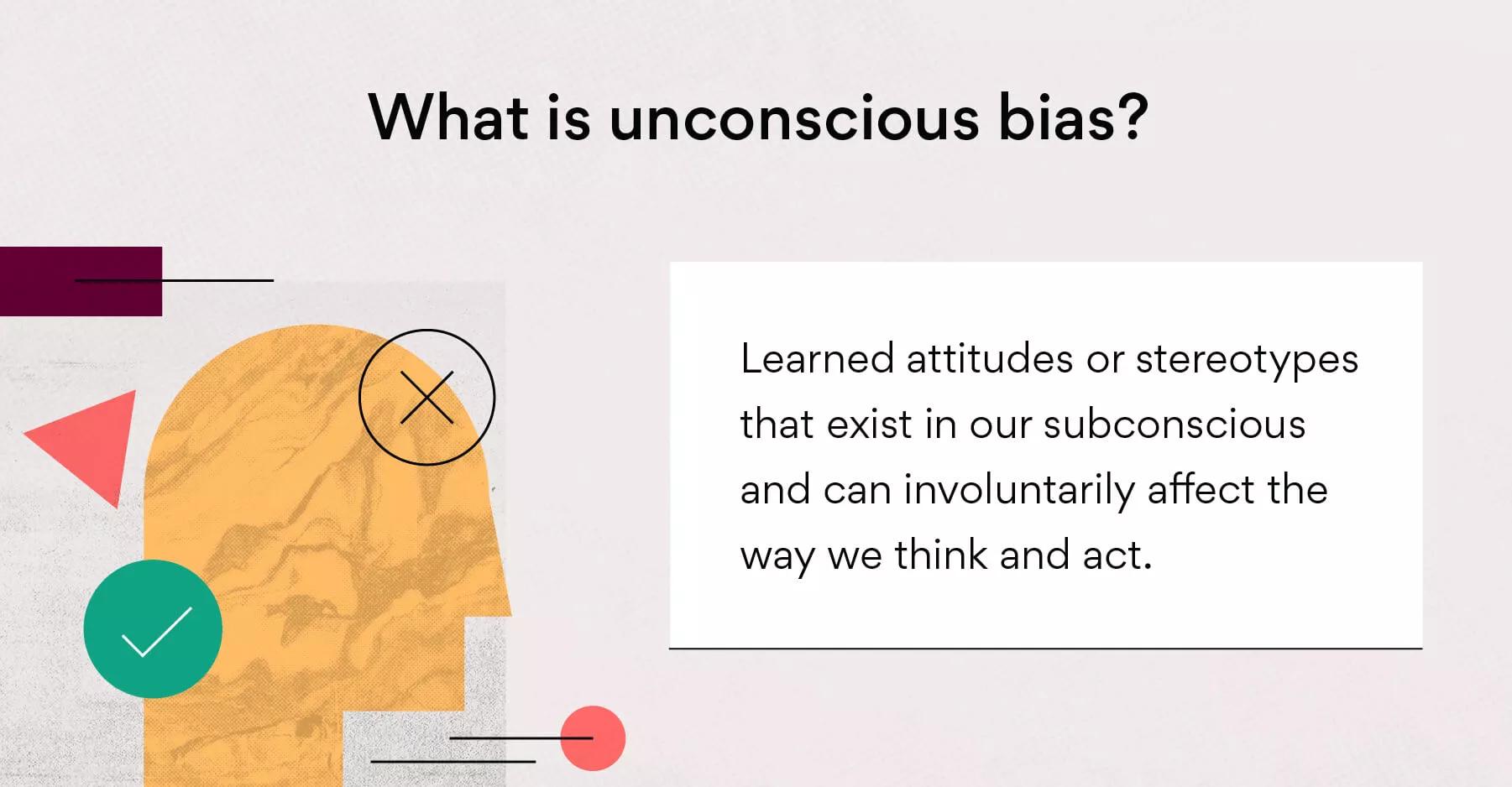Are you ready to explore the fascinating topic of unconscious bias with your students? In this collection of activities, we’ll delve into the concept of unconscious bias and engage students in thought-provoking exercises that highlight its presence in our everyday lives. By raising awareness and promoting empathy, we can empower our students to challenge their biases and foster a more inclusive and equitable classroom. So, let’s embark on this journey of discovery and create a positive impact together!
1. What’s in a Name?

Let’s kick things off by getting your students to participate in a role-playing exercise where they assign names to different characters without any information about them. Lead into a discussion about the assumptions and stereotypes that they associate with certain names and then encourage them to reflect on how these biases can influence their perceptions of others.
Learn More: Julian Stodd
2. Judging a Book by Its Cover

In this activity, students will examine book covers or photographs of individuals and make initial judgments based solely on the visuals they perceive. They’ll then discuss the biases and assumptions they made and explore the potential consequences of these biases on their interactions with others.
Learn More: The Roosevelt Review
3. Bias in the News

Students will analyze news articles from different sources and discuss how bias can be present in the language, tone, or framing of the stories. They’ll examine how bias influences the way information is presented and the impact it has on our understanding of events.
Learn More: The Guardian Foundation
4. Walk in Someone Else’s Shoes
Invite your learners to engage in a perspective-taking exercise by assuming the role of someone from a different background or identity. They’ll be prompted to reflect on the challenges and biases that a person might face and, from this, gain a deeper understanding of the importance of empathy and understanding.
Learn More: Talking with Trees
5. Media Representation Matters

Challenge your pupils to analyze media content such as TV shows, movies, or advertisements, and identify instances of bias or stereotypes. After an initial analysis, spend time discussing the impact of media representation on our perceptions and attitudes toward different groups of people.
Learn More: Blend Scape
6. Unconscious Bias in Language

Unconscious bias has subtly crept into everyday language use. This activity encourages students to explore the influence of unconscious bias on language and terminology used on a daily basis. They’ll examine common phrases or expressions that may perpetuate stereotypes or biases and brainstorm alternative language that promotes inclusivity and respect.
Learn More: Asana
7. The Power of Stories
There’s nothing like the power of a real-life experience to get a person thinking! Have your learners read or listen to personal stories from individuals who have experienced bias or discrimination. They’ll reflect on the emotions evoked by these stories and discuss how personal narratives can challenge stereotypes and promote empathy.
Learn More: Emtrain
8. Exploring Implicit Association

With the help of an online Implicit Association Test (IAT), students can explore their own unconscious biases and reflect on the results. They’ll discuss the implications of these biases and consider strategies for overcoming them.
Learn More: Loyola Marymount University
9. Diversity in Art

Take a look at unconscious bias in the world of art with this unique activity. Get your learners to examine works of art from different cultures and discuss the biases or cultural assumptions embedded in the artwork. They’ll explore how artistic expression can challenge stereotypes and broaden perspectives.
Learn More: Scientific American
10. Unconscious Bias in Hiring

Through a simulated hiring exercise, students can experience the influence of unconscious bias in decision-making. They can discuss how bias may affect hiring processes and then spend time brainstorming strategies to promote fairness and equality across the board.
Learn More: Sapia
11. The Influence of Role Models
Have your learners explore the concept of role models and discuss the impact of representation on their personal aspirations and goals. This topic will help them analyze the importance of diverse role models and get them to think about how they can challenge traditional biases and stereotypes.
Learn More: Reading Rockets
12. Exploring Microaggressions

Through scenarios or role-playing, students can identify and discuss microaggressions—subtle forms of bias or discrimination. In small groups, they can develop strategies for responding to and challenging microaggressions in their daily lives.
Learn More: On Our Sleeves
13. Uncovering Bias in Advertising

Students will analyze advertisements from various media platforms and identify instances of bias, stereotypes, or unrealistic representations. Once identified, they can discuss the impact of these messages on consumer behavior and self-perception; brainstorming ways to create more inclusive and empowering advertising campaigns.
Learn More: Ogilvy
14. Unconscious Bias in Social Media

This is an area that older learners are sure to be extremely well versed in. Have them explore the role of unconscious bias in social media interactions. In doing so, they can analyze how algorithms and personal preferences can create echo chambers and reinforce biases. They can then discuss the importance of critical thinking, diverse perspectives, and responsible digital citizenship.
Learn More: Information Today
15. Breaking the Bias Cycle

Invite your learners to collaborate on a class project or campaign that raises awareness about unconscious bias and promotes inclusivity. They can use various mediums such as posters, videos, or presentations to share their message with the school community; fostering a culture of understanding, respect, and empathy.
Learn More: Education Week